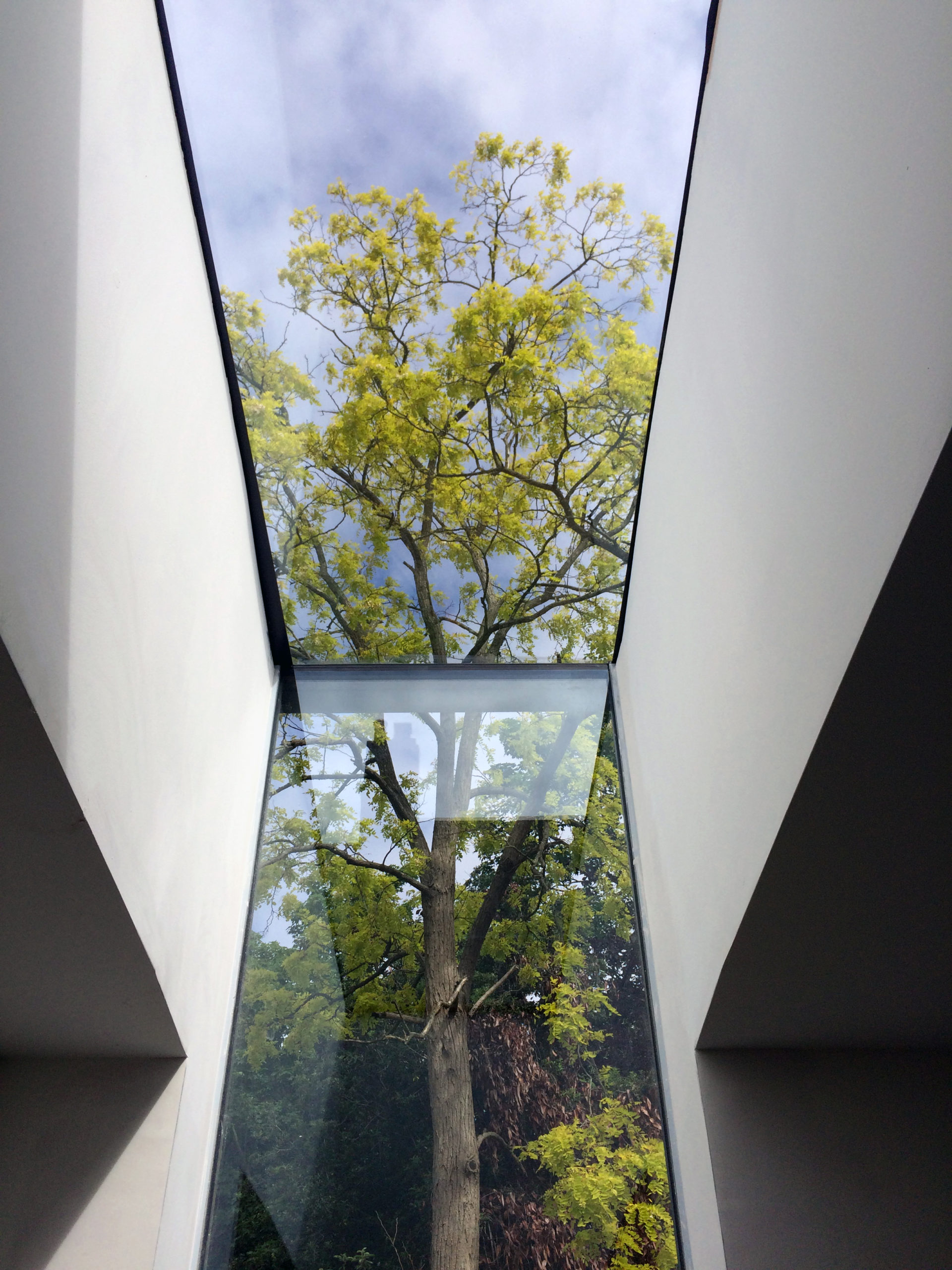Much has been written in recent weeks about the changes that Covid – 19 will make to our ways of living. One of the most immediate is in our own homes. So many of us are working at home and expect to do so for some time, in some cases indefinitely, and have discovered that there are many features of the domestic environment which are not fit for purpose. How easy will it be to redesign our homes for the new normal?
Most people will have their own wish list. It will certainly include basic space requirements. It may not be necessary to have a dedicated office – or two even, if several people in a household are working from home – but space for a proper desk and chair with convenient electrical and IT connectivity will be a must. Acoustic soundproofing, whether against the street, neighbours or noisy children, will be desirable.
Many of the rooms converted into home work stations may not have had adequate daylight or defence against excessive heat or cold built into their originally intended function as store rooms or bedrooms, or have the right level of privacy. Curtains or blinds might deliver this, but at the expense of loss of light or too much heat. Good external space will be another requirement. The list could go on.
In blocks of flats there will be additional factors to be improved in order to deliver social distancing at the same time as social connectivity – bigger lifts, wider staircases or more generous lobbies.
So how do we get from here to there? Some changes are easier than others. Clearly building from new allows all these new requirements to be built in, preferably with reformed and enforceable space standards. Even without them the expectations of home purchasers will already have changed.
For existing housing, the challenge will be larger. There will certainly be demand for extensions where this option is made possible by the site, but where it does not, the challenge will be even greater. Substantially refurbishing the interior of an existing property, which may need to remain occupied, will require greater creativity. This will be the more difficult for blocks of flats.
Leaving aside the design challenges, which are all surmountable, finance will be key. Banks will be constrained in their lending capacity. There will be a weak economy for some significant time to come, with higher unemployment, potentially lower income and capital losses for savings for individuals, even if offset to some extent by lower commuting costs.
The cost of the redesign of homes, whether new or repurposed, will therefore play an even bigger role. This means that greater efficiencies will be needed throughout the process, whether through further innovation at the design level or by a much more extensive use of off-site construction, including for small modules for retrofit within the home.
Architects will be ready for the challenge, but much else will need to happen if the interiors of our homes are to accommodate rapidly to new requirements.


